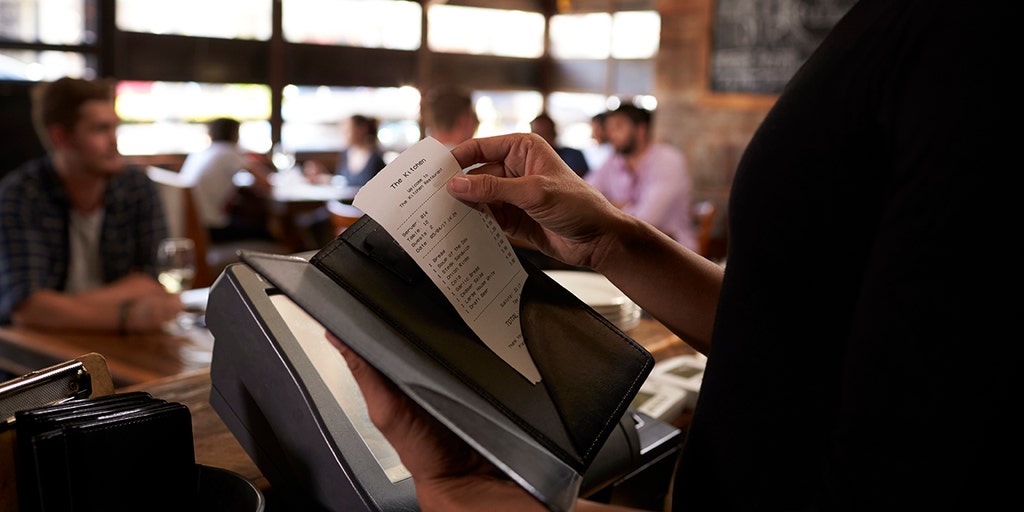Dining Dilemma: Small Businesses Wage War Against Brazen Restaurant Theft

A Growing Menace: Dine-and-Dash Incidents Plague Restaurant Owners Nationwide
Restaurant industry professionals are raising urgent concerns as a troubling trend of dine-and-dash incidents sweeps across the country, posing a serious threat to the financial stability of small business owners. These brazen acts of theft are not just isolated incidents, but a mounting crisis that is eroding the already thin profit margins of local eateries.
Restaurateurs are reporting an alarming increase in customers who deliberately consume meals and then flee without paying, leaving establishments to absorb the unexpected financial losses. The impact goes beyond mere monetary damage, as these incidents demoralize hardworking restaurant staff and create an atmosphere of frustration and vulnerability.
Small business owners, who often operate on razor-thin margins, find themselves particularly vulnerable to these unscrupulous actions. Each unpaid bill represents not just lost revenue, but potentially the difference between keeping the doors open or facing financial ruin.
As awareness grows, restaurant owners are exploring innovative strategies to combat this trend, from improved surveillance systems to stricter payment policies, in an effort to protect their businesses and maintain the integrity of the dining experience.
